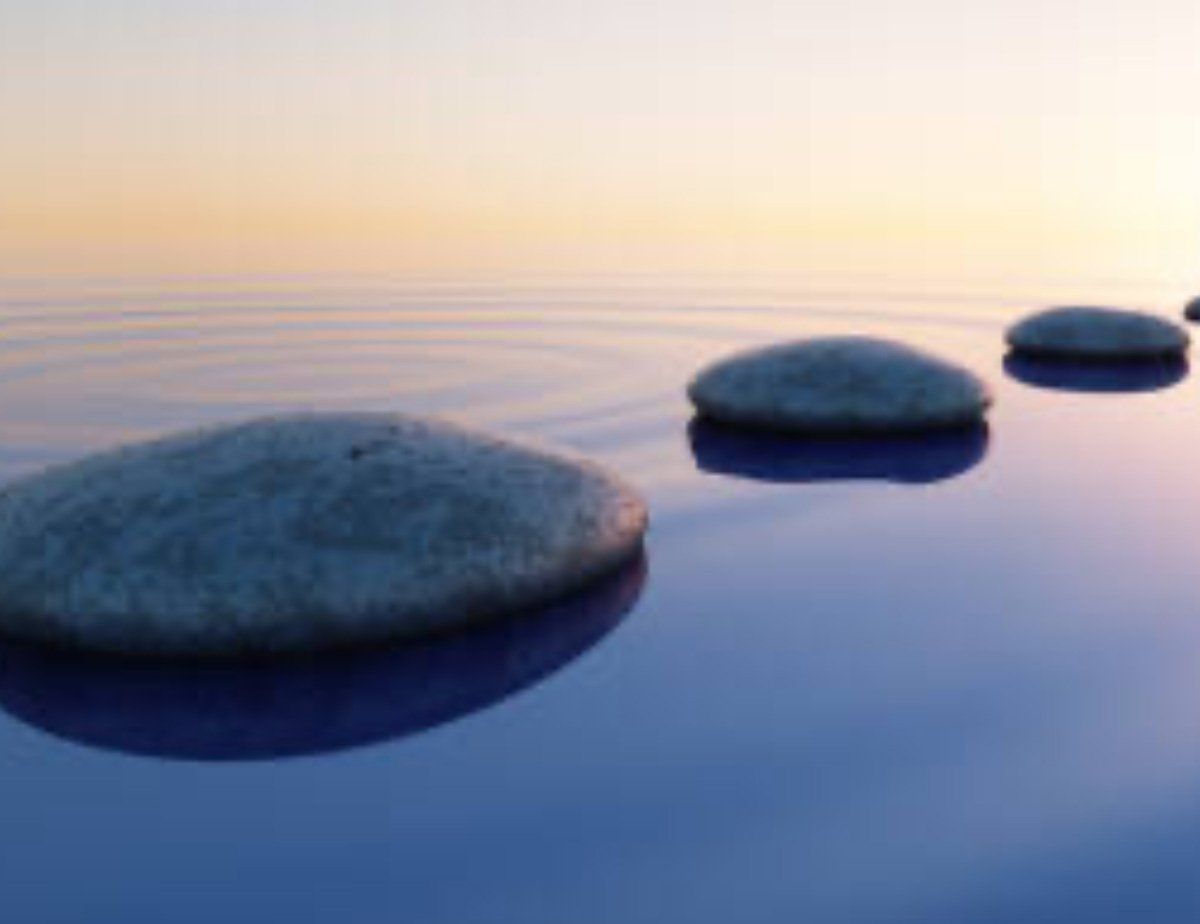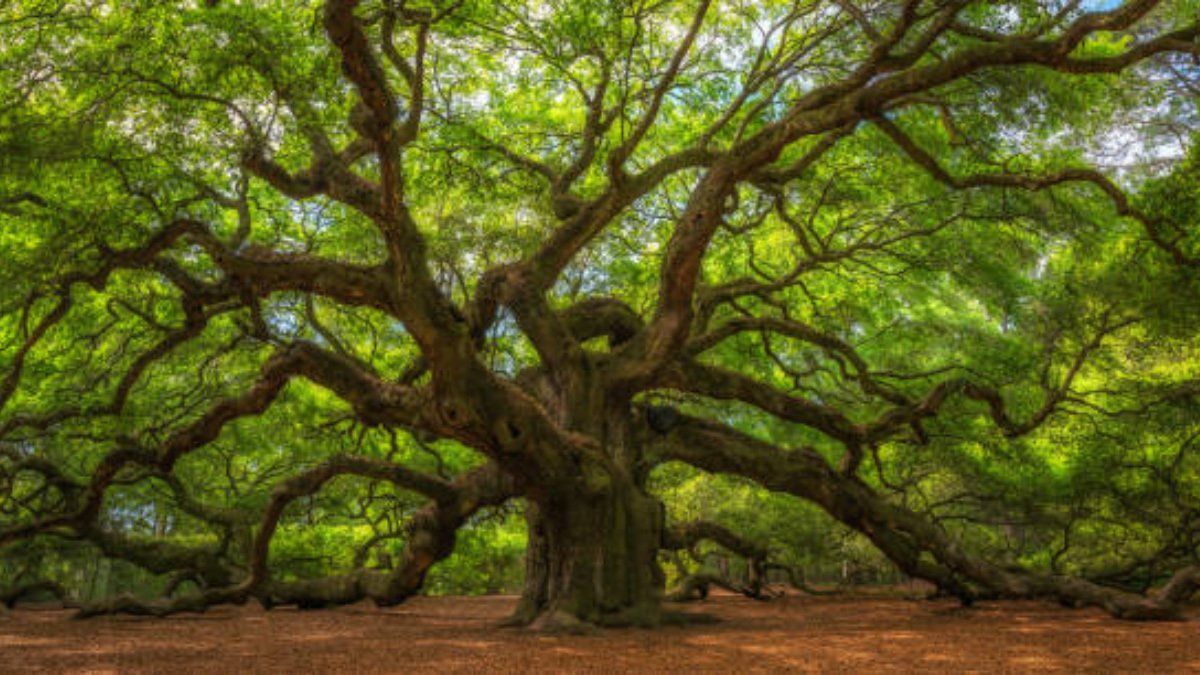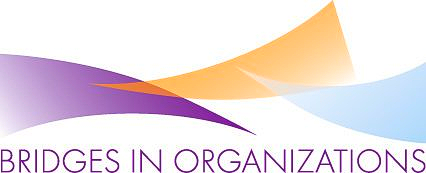ConsciousnessWorks™ starts from the premise all action is a result of the attention and kind of energy we put into performing action.
Energetic Bias in Social Interactions
You have probably heard the term trigger reactions as a result of microaggressions, insults and the re-sparking of a past trauma because of something someone has said or done. Trigger reactions are automatic, emotional expressions. A situation, a person or a place can cause the emotional reaction to arise. Triggers are the external event and the startle, surprise or shock you feel is your first internal response to the trigger.
On the other hand, blink reactions, a term coined by Malcolm Gladwell, describe how we can judge someone on our first impression of them, perhaps in less than a minute after seeing them. Blink reactions describe our ability to mentally process data, sometimes automatically and unconsciously, and they can often be accurate in being able to read a pattern or make a diagnosis quickly. Even so, they can also create snap judgements about another based on their gender, race, ethnicity or physical appearance.
Both trigger reactions and blink reactions describe what happens in the limbic center of the brain as we assess safety or familiarity. It’s not until we can pause and step back from these unconscious reactions that the prefrontal brain can go to work and figure out what caused our reaction. We can reflect on the emotional reactions we felt with a troublesome trigger such as anger, fear, frustration, or disappointment and what exactly we might have said or done differently. And with blink reactions, we can look at our past experiences and what characteristics or details might have ignited the blink reaction.
While all this reflection is good, it doesn’t necessarily get us into a pre-frontal cortex response very quickly. I believe, with attention to energy, we can develop a new way of socially interacting with almost anyone in the situations we encounter. If we can go behind the curtain of drama to see the energy in every situation, both ours and the people we encounter, we can build in a mindful response in the moment.
Energy is behind all forms in the universe. It is neither positive nor negative and it can be expressed in infinite ways. Go behind the curtain of drama to see the energy in every situation. When you focus your attention on the energy behind all form, you will see the world with new eyes, and with new eyes comes greater choice.
The Four Energies of Social Interaction
So what does that mean- go behind the curtain of drama to see the energy within the social interaction? Sounds lofty or esoteric but it’s actually very simple. Actors have discovered that there are essentially 4 energies present in every social encounter- push, pull, stop and allow. You can observe these elemental energies in an actor’s movements. When an actress pushes her hands out to indicate ‘stop- don’t come any closer,’ we get the message, “stay back.’
Push, pull, stop and allow- show up in the ways we think, we speak, we move, and how we present ourselves to the world. They also can describe the big picture story of our lives. Take, for example, the classic movie, the Wizard of Oz. These forces of movement are at play in the plot of the story itself. Through no fault of her own, Dorothy is pushed from her comfortable life and loses everything and everyone she’s known because of a tornado. She is pulled toward finding the Wizard to help her get back home, but she is stopped many times on her path by the evil witch of the West. (Think of all the obstacles you have faced in your life’s journey.) Nevertheless, all along the way Dorothy is helped by her companions who are also hoping the Wizard will help them. She is connected, safe, and feels respected by them. That’s how we all want to feel in our interactions and relationships with others.
Pause now and take a moment to reflect on your own habitual use of energy. What is your pattern- and what energies are your fall back energies in times of stress? Under pressure do you become more determined and push more? Maybe when the world seems to be coming down on you, you pull back, feel like a victim and complain? Or, maybe you try to stop what’s happening and become controlling? Or, perhaps you allow and accept what’s happening until you find another way? By looking at the ways elemental energies play out in our lives, we learn, like actors do, how to become more intentional in our movements and more discerning in our choices. With attention to what’s happening in the outer world and guided by experienced intuition, we can access and purposefully direct the flow of these energies.
The skill is to practice living from a centered place and observing how energy moves in all the situations in our lives. When we get used to taking action from a centered place, we automatically know when to push or when we are being pushy, or when to stop and hold our boundaries or when we are being too controlling with stop energy.
The Practice of Moving from the Center
Unlike Dorothy and her companions, we don’t’ always feel safe, connected or respected in the situations we find ourselves in. Remember in 2020 the incident in Central Park when the avid birder, Christian Cooper, who is black, asked a white woman, Amy Cooper, to put her dog on a leash? In most of the park, dogs are required to be on a leash. When she refused, Mr. Cooper began filming from his phone. In response, Ms. Cooper said she would tell the police that “an African American man is threatening my life” and then she dialed 911. You probably know that the video went viral (over 40 million views within a week). Ms. Cooper was eventually acquitted of filing a false police report because Mr. Cooper dropped the charges, but her life has never been the same.
While there is plenty to say about white privilege and systemic racism, the point I want to make here is how Amy Cooper so misread the energy of Christian Cooper as a threat, not safe. It’s likely her blink reaction came from early conditioning to the category: “a stranger, a black man.” However, he was not coming toward her in a threatening manner. Before he pulled out his phone, he was looking in his pocket for a treat for the dog. As she pushed forward, he moved back (pull energy) and took out a camera- not a weapon.
I am sure we would have never heard of this interaction if Ms. Cooper had been able to sense Mr. Cooper’s energy of pull and stop- stop because in that moment she was the aggressor, and his camera was a way to say stop. If she had been able to pause another moment and read all the cues- the binoculars, his stance, his glasses, his voice and not just his skin color - then she might have responded to his simple request to put her dog on a leash. She might never have been an example in an article like this.
A new lens for revealing your own unconscious bias is to check your energy when you are in uncomfortable situations. Can you stay with allow energy before you react? A powerful practice to adopt in life is to pause and “sense” into other people’s energy so you can respond appropriately. Make a practice of moving from a centered space. Cultivate the awareness- “all life is energy. In what ways is the energy in this momentary drama moving now?”
From center, all moves are available: push, pull stop and allow and any combinations of these. Of course, when the hairs on the back of your neck stand up in fear, you will experience a threat and your body will prepare for a limbic response- fight or flight. When you pause, breathe and mindfully take in both what you are feeling, the sensations in your body and also the environment you are in, you will have more freedom to react- not from habit but to respond to the needs of the moment. Like Dorothy discovered when she pulled back the curtain, the real wizard is inside of us.



